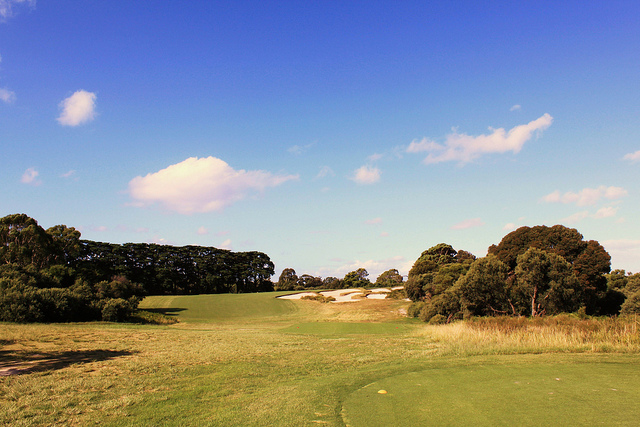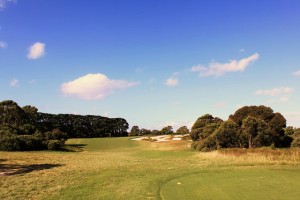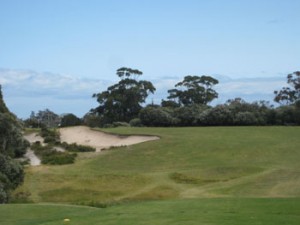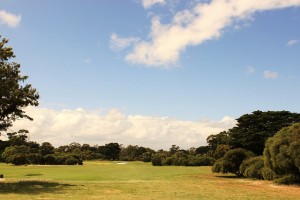Golf is a recreational sport where the field of play is not standardized. Unlike softball or tennis, where if you’ve seen one field/court, you’ve seen them all, every golf course is different. That could be, in fact, the major attraction of golf — to try your luck on different layouts. Each one has its own challenges, tests, and design that encourages us to do our best and at the same time to enjoy the look of new surroundings.
For developing your skill at the game, though, take some time to choose the courses you play on regularly. Playing on the right ones makes a big difference. Here are some things you might consider, given that you have enough different courses to choose from in the area where you live.
If you’re a beginner, an executive course is the best bet. This is a short course, around 2,000 yards long or less for nine holes, and consisting mostly, if not exclusively, of par 3 holes. Most of the time you’ll be able to reach the green in one shot. Each time you swing the club the ball will be on a tee, making it easier for you at the start.
Golfers who are comfortable with golf’s basic skills now want to find courses that present a well-rounded set of offerings. You might want to play one that is fairly wide open from the tee, so you can learn how to be comfortable just giving your driver a good whack. You might also want to play one that is fairly tight (rough, trees) to get you comfortable hitting your driver straight. On one course I play, if you get the ball in the fairway, the rest is easy. Miss the fairway and it will be a long day.
Play a few courses with lots of hazards – water, bunkers – to learn how to avoid them, and more importantly to learn how not to fear them. I read some years ago about a touring pro who grew up on a course that had no water, and as a professional was always intimidated by water hazards.
Play a course that forces you to hit accurate iron shots into the green. This would be one that has small greens, or larger greens surrounded by sand traps, thick rough, mounds, and so on.
Play courses that develop your short game. One course I play on has thick rough around the green, so I had to learn how to hit very short shots out if it to nearby pins. Another one has closely-cut grass surrounding the greens, calling for a different kind of chip. A third course, because of the hole yardages, has me hitting more pitches from 60-100 yards than any other. On some courses you can bump and run the ball onto the green. Others make you fly the ball on from close in. There is no one course that will develop a rounded short game. You have to travel to get one.
Amenities are important, too. Is the staff courteous and helpful? Is the course easy to walk if you wish to? Is it well-maintained? Is it easy to get a tee-time?
Quite important is whether the course fits your skill level. Each course has ratings, two numbers printed on the scorecard beside each set of tees. Most recreational golfers would best play on a course where the first number is under 70 and the second number is under 120, something like this: 69.3/117. Courses with higher ratings might be too hard and not as much fun.
Remember, as recreational golfers, we play for the enjoyment of the game and the company of good friends in beautiful surroundings. Take advantage of the variety that is built into our sport, and you’ll have more fun, and may be even get to be a better player.
Visit www.therecreationalgolfer.com












